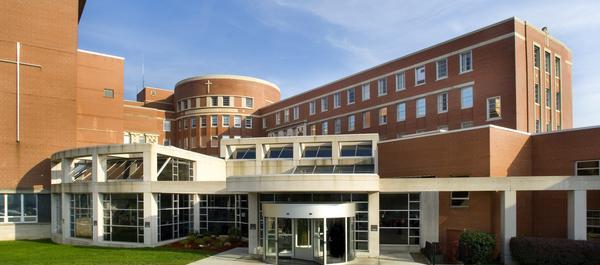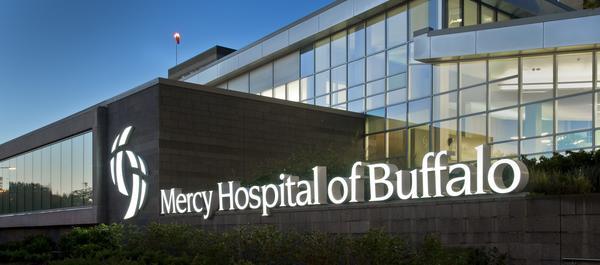
Sclerotherapy is a minimally invasive procedure that treats varicose veins and spider veins. The treatment essentially shuts down the affected veins, rerouting blood flow to healthier surrounding veins.
Performed by a vascular surgeon, sclerotherapy involves injecting the varicose or spider vein with a sclerosing (hardening) solution. The solution causes the vein to collapse and scar. Within a few weeks or months, the scarred vein fades from view.
Though sclerotherapy is typically a cosmetic procedure, it may also improve the burning, aching and itching symptoms caused by varicose veins.
Sclerotherapy is an outpatient procedure that can take anywhere from 15 minutes to an hour to complete depending on the number of veins being treated. Anesthesia is not required.
You can expect the following on the day of your procedure:
- You will lie down with your legs elevated.
- Your doctor will clean the area being treated with alcohol.
- He or she will then use a very fine needle to inject the sclerosing solution into each affected vein.
- Your doctor will apply pressure to and massage each vein after withdrawing the needle to move the solution through the vein.
You may feel a stinging sensation or mild cramping when your doctor injects the solution into each vein. This should last for only a few minutes. Tell your doctor if you feel pain that lasts longer than a few minutes.
You will need to wear compression stockings home from the procedure. Your physician will tell you how long you should continue to wear the stockings. You will be able to return to your normal activities immediately after the procedure and should walk around to prevent blood clots.
Upon your return home, be sure to follow all of your doctor's orders to prevent side effects. This includes avoiding UV ray exposure (sunlight or tanning lamp), which can cause dark spots around the injection sites.
Sclerotherapy may result in temporary side effects such as bruising, red, raised bumps, or brown spots near the injection sites. These side effects should improve within a few days or weeks after the procedure, though some may take months to improve.
Other rare side effects include air bubbles in the bloodstream, allergic reaction to the sclerosing solution, and blood clots. In general, there are few complications associated with sclerotherapy. Your doctor will discuss all the risks and benefits with you before scheduling the procedure.

